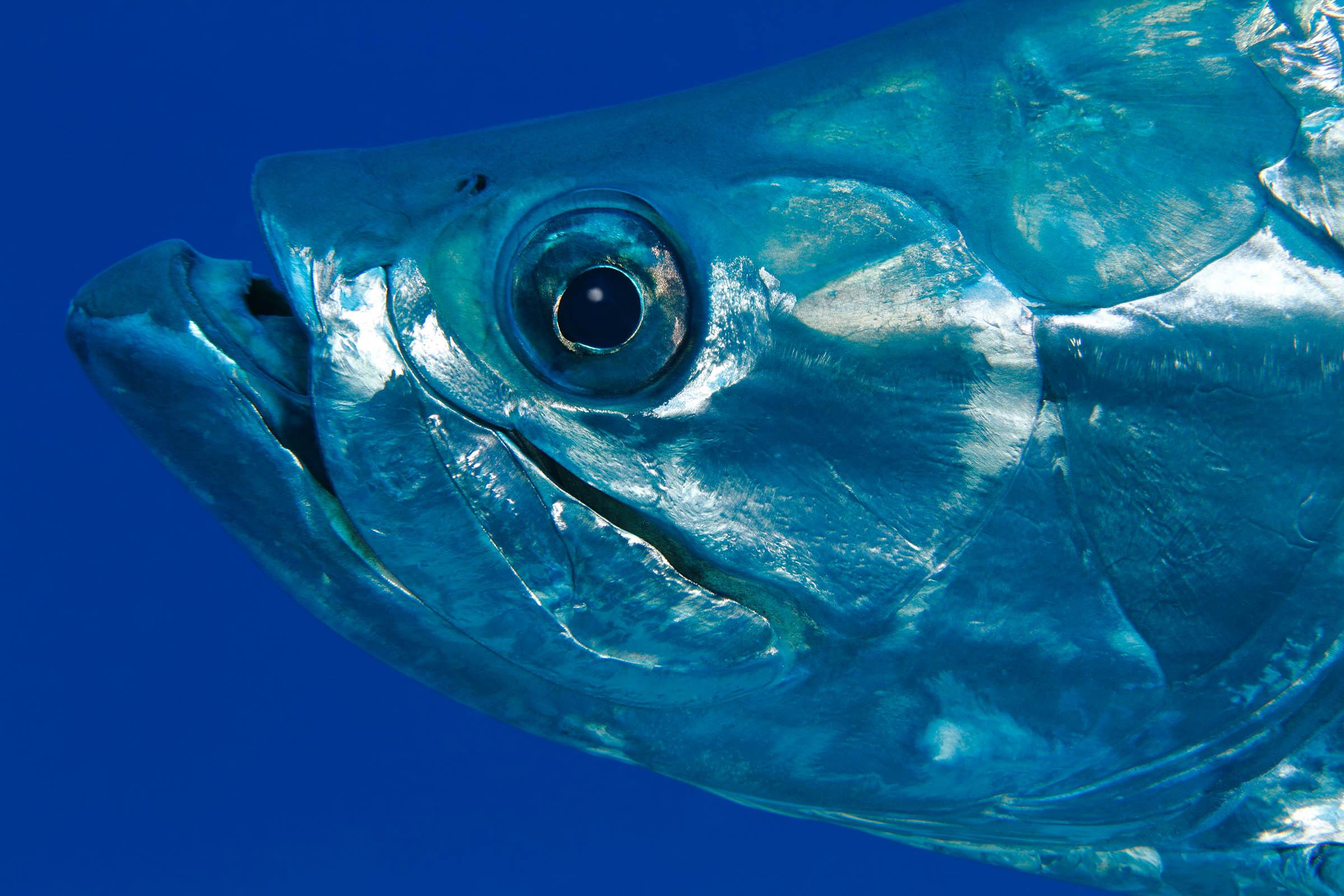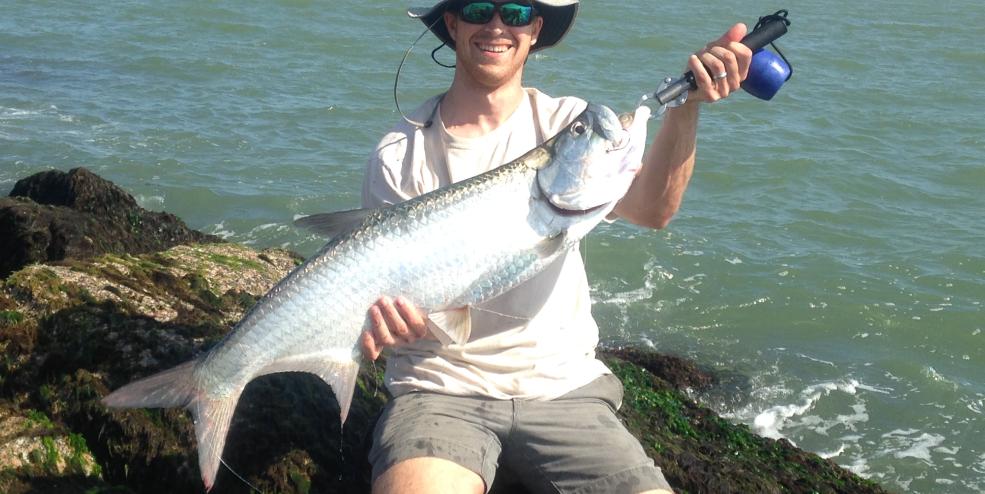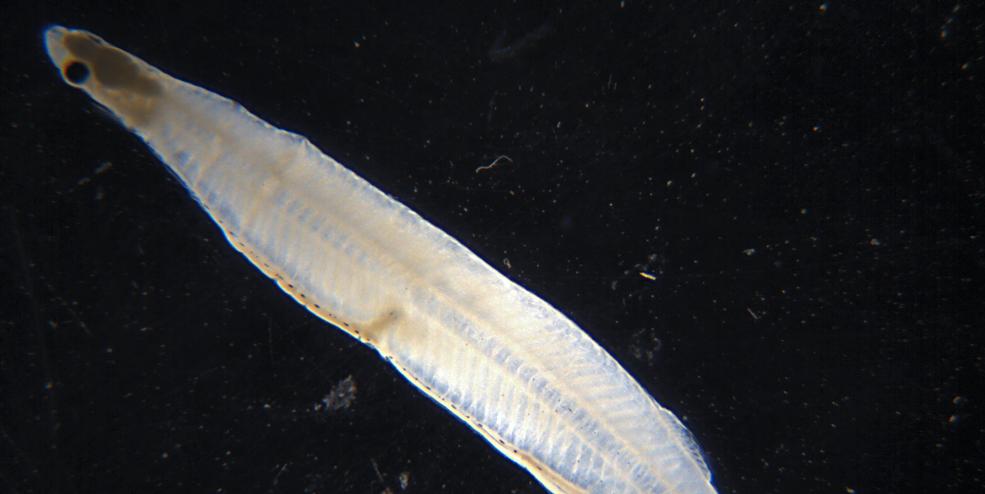Texas Tarpon

About this Project
Tarpon (Megalops atlanticus) is an iconic sportfish; however, uncertainty surrounds factors responsible for the decline of tarpon in coastal waters off Texas. Thus, an improved understanding of tarpon population characteristics is needed to evaluate the viability of recovery plans. The overall goal of this project is to provide key information on the abundance, distribution, and habitat use of tarpon in the Texas. This information can aid fisheries managers by allowing more informed decisions when evaluating potential management options, leading to more efficient recovery of the population and increased opportunities for recreational anglers.
Our tarpon research comprises three sub-projects:
- We have initiated a standardized larval tarpon survey to determine recruitment patterns – specifically the abundance, timing, and locations within the bay where larval tarpon occur. Larval tarpon captured at fixed sampling stations within the bay are enumerated, measured, and their otoliths (ear stones) are extracted to estimate hatch date. These data can be related to water quality or other environmental data to help determine factors that are important to recruitment success.
Take the survey here! - We have teamed up with several recreational anglers and captains holding a vested interest in tarpon conservation to bolster our citizen scientist sportfish tagging initiative. Through this program, collaborating anglers and captains are provided with conventional dart tags to tag any tarpon they catch and release during their regular fishing activities. Given a known capture location and size of the tagged fish, information regarding movements and growth are possible when a subsequent angler recaptures the fish and reports the data. By engaging anglers, we can tap into their vast knowledge-base, while potentially collecting significantly more movement and habitat use data (based on tagging and recapture locations) than scientists could alone.
- We are also collaborating with researchers at Texas A&M University at Galveston, Louisiana State University, and University of Texas Rio Grande Valley to provide new information on the seasonal movements and habitat use of large juvenile and adult tarpon in the western Gulf. This collaboration is known as the Texas Tarpon Tagging Initiative, and it seeks to use advanced electronic tags (acoustic and satellite) to track and record the movements and habitat use of tagged tarpon. This research will provide critical information about the short- and long-term movements of tarpon along the Texas coast and determine the origin and residency patterns of tarpon found in the northwestern Gulf.

A juvenile tarpon caught off the jetties in Port Aransas, Texas.
Researchers seine a bay inlet/ditch near Aransas Bay for juvenile tarpon

An 18.8 mm larval tarpon.
